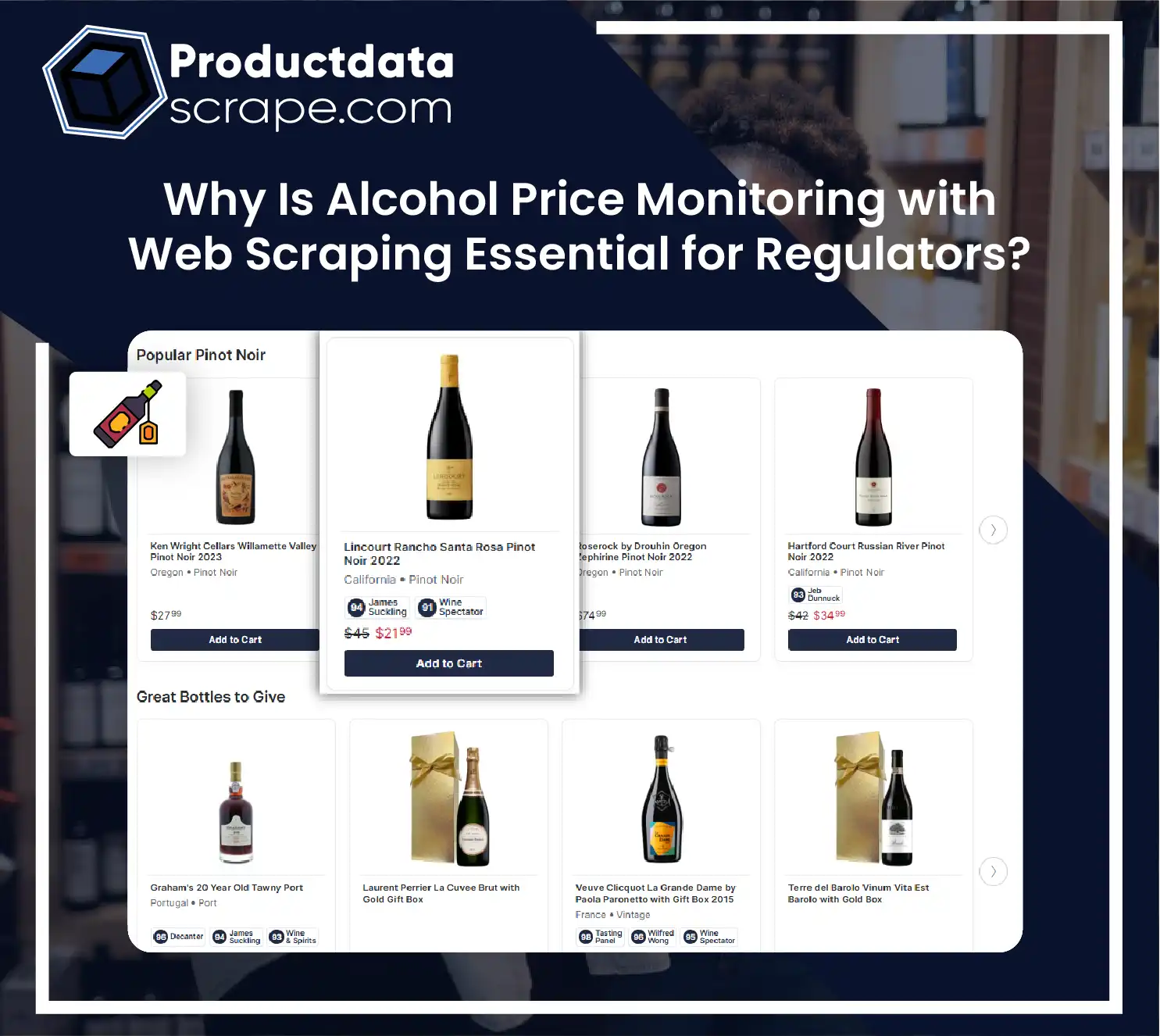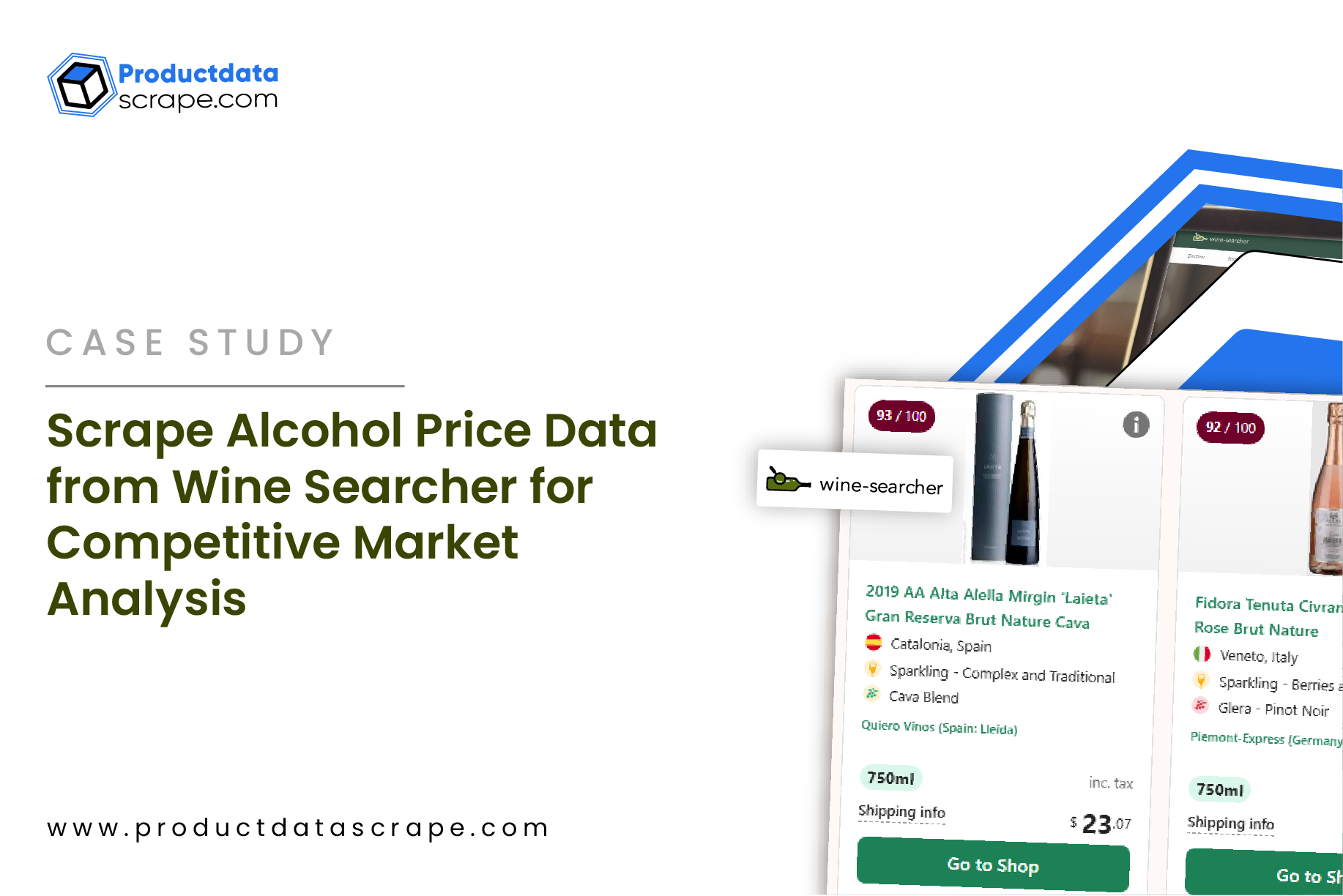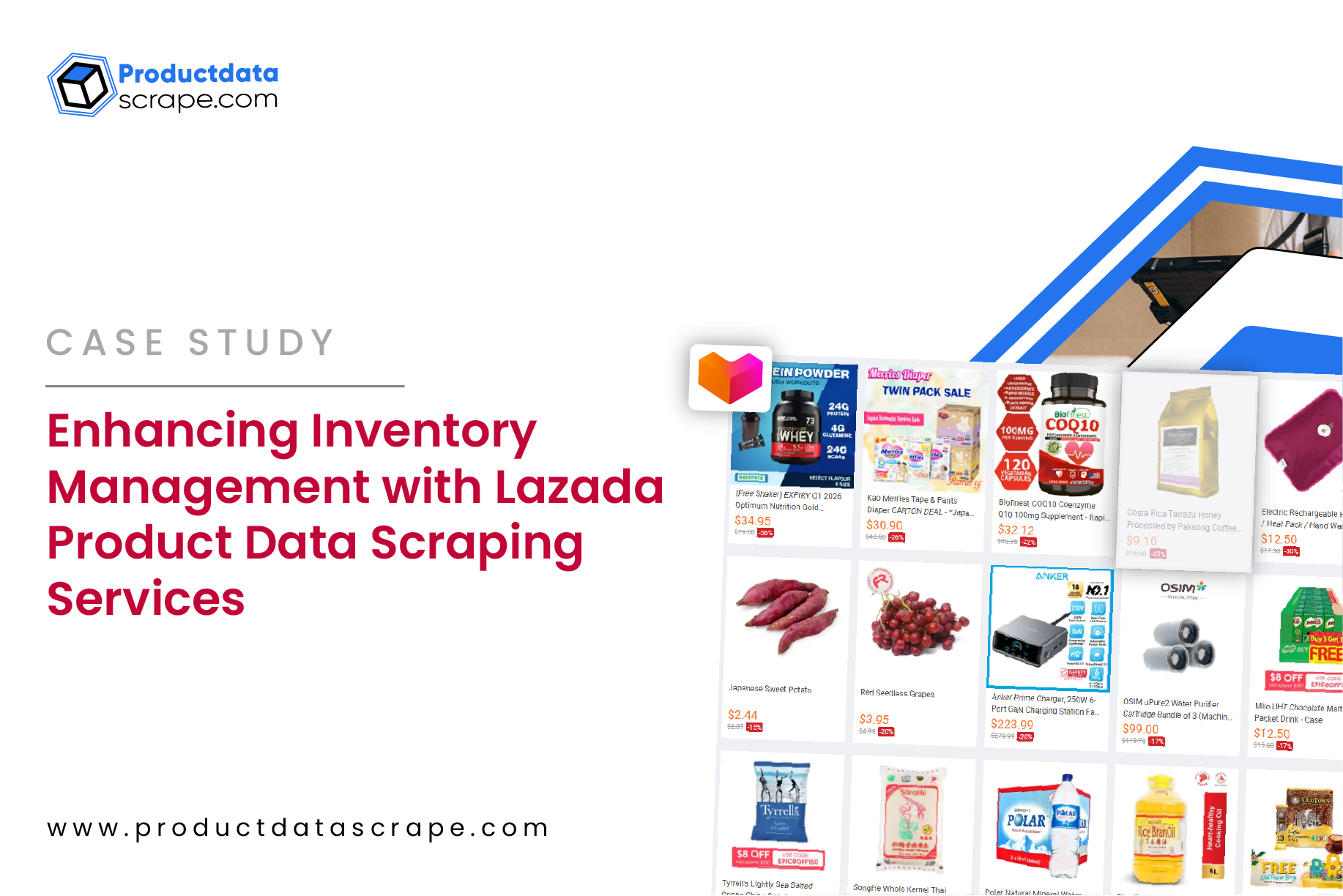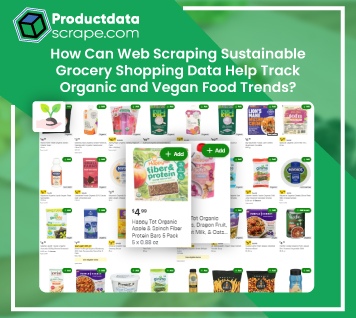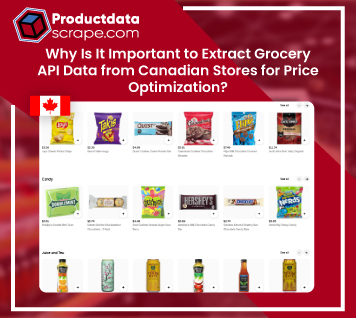
In the age of data-driven decision-making, the utilization of web scraping techniques has become a prevalent practice among both businesses and analysts. E-commerce behemoths like Walmart have emerged as prime targets for extracting valuable insights from their vast online repositories. This article delves into the intricate process of web scraping Walmart product data, mainly when harvesting multi-category data from Walmart. We will navigate through the methodology, highlight the advantages, and underscore the ethical considerations that should guide such endeavors to scrape Walmart's multi-category product data.
As one of the world's largest retailers, Walmart boasts an extensive digital footprint spanning a diverse range of product categories. Within its labyrinthine web structure lies a wealth of information, including product details, pricing data, customer reviews, and real-time stock availability. Collecting multi-category data from Walmart's digital realm using Ecommerce Data Scraping Service is akin to mining for precious gems in a vast, data-rich minefield. The potential applications of this data are manifold.
About Walmart Multi-Category

Walmart offers a vast and diverse array of products across multiple categories. "Walmart Multi-category" refers to the wide range of product categories available within Walmart's inventory. These categories encompass virtually every aspect of retail, catering to consumers' diverse needs and preferences. Here are some critical aspects of Walmart's multi-category retail offerings:
Extensive Product Range: Scraping Walmart's multi-category helps you find products ranging from groceries and electronics to clothing, home decor, automotive supplies, and much more under one roof, whether in their physical stores or on their e-commerce platform.
Convenience: This wide selection of categories makes Walmart a convenient one-stop shop for shoppers, as they can find everything they need in a single location, simplifying the shopping experience.
Competitive Pricing: Walmart's multi-category approach often results in competitive pricing, as the retailer aims to provide customers with affordability across a broad range of products.
Market Dominance: The retailer's multi-category strategy has contributed to its status as a retail industry leader, with a strong presence in physical stores and e-commerce.
Online Shopping: Walmart's multi-category approach extends to its online platform, where customers can browse and purchase products from various categories, often with in-store pickup or home delivery options.
Private Label Brands: Walmart also offers multiple categories of private-label or store-brand products, providing customers with budget-friendly alternatives.
Customer Choice: With products spanning diverse categories, Walmart caters to a wide demographic of consumers, allowing them to choose from various brands and options to suit their preferences and budgets.
Retail Innovation: Walmart continuously explores innovations such as curbside pickup, same-day delivery, and partnerships with various brands to expand its multi-category offerings and enhance the shopping experience.
In essence, scraping retail product data reflects its commitment to meeting the diverse needs of consumers by providing a wide array of products across numerous categories, making it a prominent destination for both in-store and online shoppers.
About Walmart Scraping and Its Importance
Walmart scraping is a sophisticated process of extracting structured data from Walmart's extensive product and category web pages. This data can encompass a wide range of information, including pricing details, product titles, comprehensive descriptions, and even product images. Scrape Walmart's website through various methods, including 4no-code eCommerce web scrapers and custom, in-house web scraping solutions, depending on the specific requirements of the task.
Tools and Technologies: You can use different tools and technologies to initiate scraping. No-code eCommerce data scrapers provide a user-friendly interface that doesn't require programming skills. On the other hand, custom in-house web scrapers use programming languages like Python and libraries such as Requests and Beautiful Soup, offering greater flexibility and customization.
Data Extraction: The primary objective of Walmart's scraping services is to collect valuable data for analysis. It may include obtaining product prices to compare with competitors, collecting detailed product descriptions to enhance catalog information, or fetching product images for marketing purposes.

Legal and Ethical Considerations: It is essential to emphasize that while web scraping offers valuable insights, it must be within the boundaries of legality and ethical standards. Scraper operators must adhere to Walmart's terms of service and policies to avoid potential legal repercussions.
Benefits for Businesses:
Effective Pricing Strategy: By collecting real-time pricing data from Walmart's product pages, businesses can develop more competitive and dynamic pricing strategies that respond to market fluctuations.
Market Analysis: Scraped data can help businesses identify market gaps and opportunities for growth by tracking product availability and consumer demand trends.
Price and Promotion Monitoring: Real-time data collection enables businesses to monitor changes in pricing and promotions, allowing them to adapt quickly to shifts in the competitive landscape.
Significance of Scraping Walmart Multi-Category

Scraping data from multiple product categories on Walmart's website holds unique significance for various stakeholders:
Diverse Market Insights: Scraping multi-category data offers a comprehensive view of consumer behavior and market trends across various product segments. This diverse dataset enables businesses to make well-informed decisions in various industries.
Competitive Intelligence: Retailers can gain a competitive edge by analyzing price points, product availability, and customer reviews across multiple categories. This information helps in fine-tuning their pricing strategies and staying ahead of competitors.
Consumer Behavior Analysis: Researchers can explore consumer preferences and buying patterns across different categories. Understanding how customers interact with diverse products can lead to targeted marketing strategies and product recommendations.
Product Portfolio Optimization: For businesses with a comprehensive product portfolio, scraping multi-category data aids in optimizing their offerings. They can identify which product categories are performing well and allocate resources accordingly.
Real-time Market Monitoring: Scraping allows for real-time monitoring of pricing changes and product availability. Retailers can react promptly to market fluctuations and adjust their inventory or pricing strategies accordingly.
Cross-Selling Opportunities: Retailers can identify cross-selling opportunities by analyzing consumer behavior across various categories. It can lead to more effective marketing campaigns and increased revenue streams.
Product Data Scrape is committed to upholding the utmost standards of ethical
conduct across our Competitor Price Monitoring Services and Mobile App Data Scraping operations.
With a global presence across multiple offices, we meet our customers' diverse needs with
excellence and integrity.






